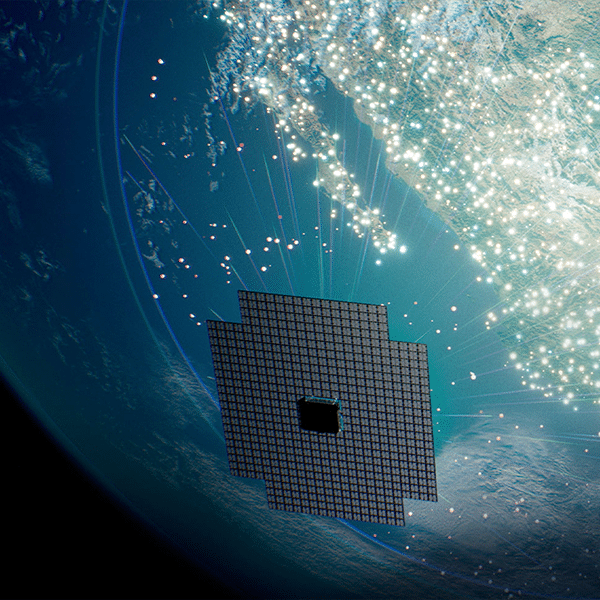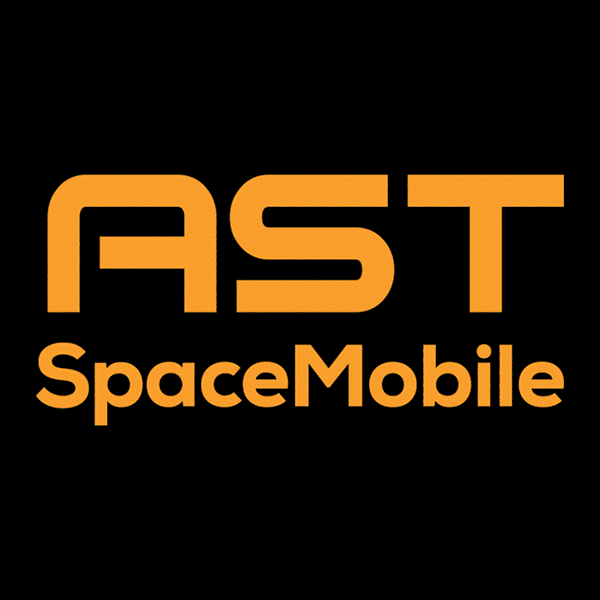The FCC today adopted rules for what the commission is calling “a single network future.” The rules apply to satellite communications with ordinary cellphones, a capability officially known as supplemental coverage from space (SCS
“If we do this right, these networks will seamlessly interact in a way that is invisible to the user,” said FCC Chair Jessica Rosenworcel in a prepared statement about the melding of cellular and satellite networks. “We won’t need to think about what network, where and what services are available. Connections will just work everywhere, all the time.”
The adoption of the rules is a step forward for AT&T, T-Mobile and other wireless companies that plan to support SCS so that their customers can have connectivity in areas lacking cell service, such as in the middle of one of the Great Lakes or the Chihuawan Desert.
AT&T has a deal with satellite operator AST SpaceMobile, and T-Mobile has a deal with SpaceX to offer such services, which will generate revenue for all four companies.
And while Verizon hasn’t announced an equivalent deal, it’s worth noting that the company does have a deal with Amazon involving Amazon’s nascent Project Kuiper low-earth orbit (LEO) satellite service. The applications that Verizon initially is targeting for LEO connectivity include cellular backhaul and fixed wireless. But it wouldn’t be surprising to see Verizon and Amazon partnering on SCS.
Supplemental Coverage From Space
The SCS rules adopted today will allow the usage of several spectrum bands for bi-directional, secondary mobile-satellite service (MSS) operations. Those bands include:
- 600 MHz: 614-652 MHz and 663-698 MHz
- 700 MHz: 698-769 MHz, 775 MHz-799 MHz and 805-806 MHz
- 800 MHz: 824-849 MHz and 869-894 MHz
- Broadband PCS: 1850-1915 MHz and 1930-1995 MHz
- AWS-H block: 1915-1920 MHz and 1995-2000 MHz
All those bands have no primary, non-flexible-use legacy incumbents, federal or non-federal, according to the FCC. The commission authorizes SCS only where “one or more terrestrial licensees, together holding all licenses on the relevant channel throughout a defined geographically independent area (GIA)” agree to lease access to the spectrum rights to the satellite operator.
The commission defines six GIAs:
- The contiguous U.S.
- Alaska
- Hawaii
- American Samoa
- Guam/Northern Marianas
- Puerto Rico/ Virgin Islands
Certain other conditions also apply. Details can be found in the draft report and order adopted at today’s monthly FCC meeting.
The commission also adopted a further notice of proposed rulemaking that seeks comment on how to protect radio astronomy services and about how to ensure critical public safety functionality. On an interim basis, wireless providers offering SCS will be required to route all SCS 911 calls to a public safety answering point (PSAP) using location-based routing or an emergency call center.



